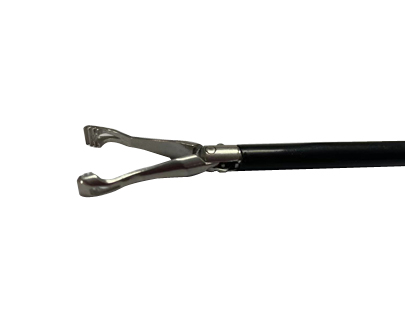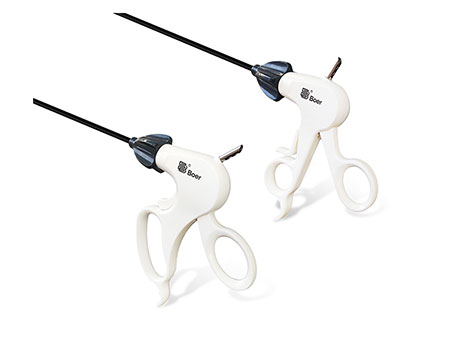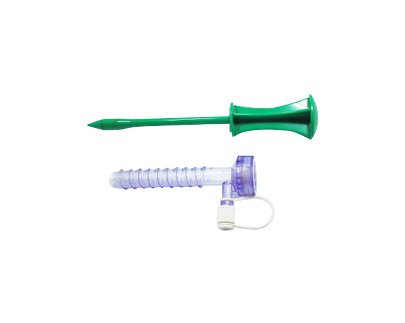Minimally Invasive Surgery Reduces Risk and Eases Pain for Patients
Surgical procedures have advanced over the past few decades, making them safer and easier for patients. Minimally invasive surgery has become the standard for many procedures traditionally done with open techniques. These procedures include robotic surgery, endoscopic surgery, and laparoscopic surgery. Minimally invasive surgery requires only small incisions because advanced instruments allow surgeons to work without opening the abdomen or other surgical areas. These procedures are made possible by cameras, computers and instruments that can be moved with great precision. Minimally invasive surgery has many benefits.
1. The emergence of minimally invasive surgery
Minimally invasive surgery allows your surgeon to use techniques that limit the size and number of incisions or incisions they need to make. It is generally considered safer than open surgery. You will generally recover faster, spend less time in the hospital, and feel more comfortable during your recovery. In traditional open surgery, your surgeon makes a large incision to view the part of the body they are operating on. In minimally invasive surgery, your surgeon uses small tools, cameras, and lights that fit through several small incisions in your skin. This allows your surgeon to perform the procedure without opening up a lot of skin and muscle. Some minimally invasive procedures are done using robotic technology, which allows for more precise control of the procedure. Other minimally invasive procedures can be done without robotic assistance.
2. Minimally invasive surgery improves accuracy and reduces the risk of complications
In minimally invasive procedures using special cameras, surgeons are able to better visualize the organs they are operating on. The advanced instruments used in these procedures also allow more delicate and complex work to be done correctly. Therefore, these procedures are more accurate and produce better results. Blood loss, which can be a serious complication during surgery, can also be minimized when small incisions are used. Surgical incisions left by minimally invasive procedures heal faster and are less likely to become infected than larger incisions.
3. Minimally invasive surgery to reduce the pain of patients
Patients who underwent minimally invasive surgery experienced less pain and discomfort than patients who underwent open surgery. This may be because during minimally invasive procedures, there is usually less trauma to the body. Some open surgeries require the removal of most of the muscle and tissue. The cameras and smaller instruments used in minimally invasive procedures make cutting most of the tissue unnecessary. Smaller wounds cause less pain and heal faster. Since minimally invasive surgery is associated with faster healing, the duration of pain and discomfort after surgery may also be shorter. This means less need for pain medication, which has its own benefits.



